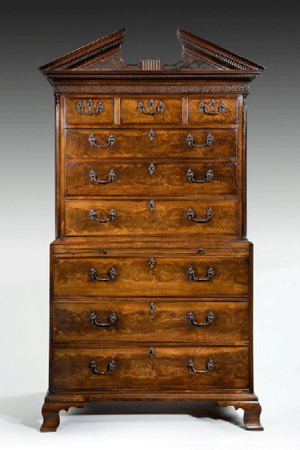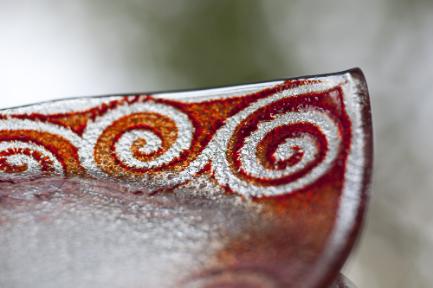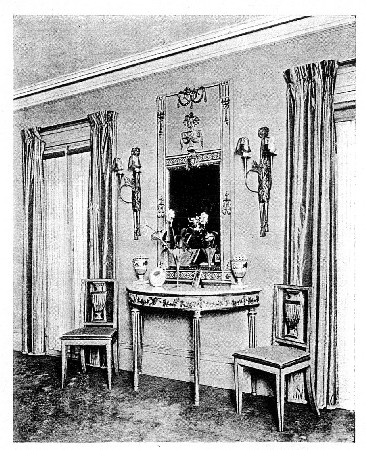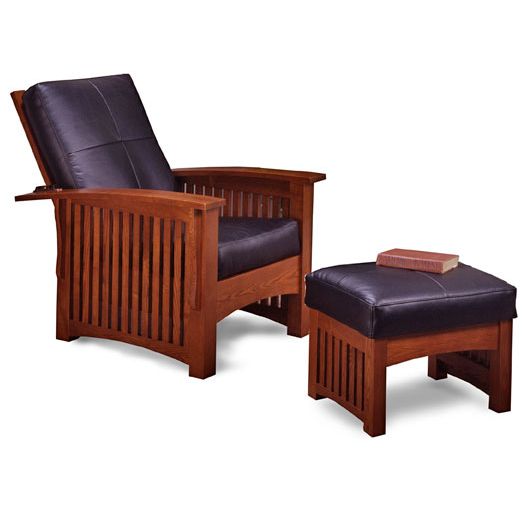The end of the 17th century saw the introduction of walnut furniture which has the advantage of being able to fit into the oak beamed cottage and the fine period home, together with more modern homes. There are some marvellous examples of cupboards, chest of drawers, tables, etc on the market today, with colour and size being the main points in determining value.
The mid 18th century saw the introduction of mahogany into the country, which coincided with the disappearence of walnut which had been extensively used as a timber for furniture in this country and Europe, especially in the Netherlands. Also,the introduction of design books by some of the finest makers, including Chippendale, Sheraton, Hepplewhite, etc, enabling everyone in the country access to the finest designs.
The Regency period saw a more flamboyant style being introduced alongside the traditional elegant Georgian style and these two ran side by side for a number of years.
By the mid 19th century the Victorian style had become well established with a much heavier look combined with a period of mass production which sometimes resulted in a reduction of quality, although there are exceptions to this.
The end of the 19th century and into the begining of the early 20th century saw a revival of the early elegant style of furniture making, using many of the Sheraton designs from the 18th century.
The Edwardian period is probably the last in which some of the highest quality pieces were made.











